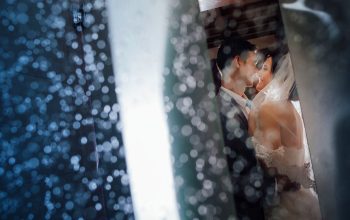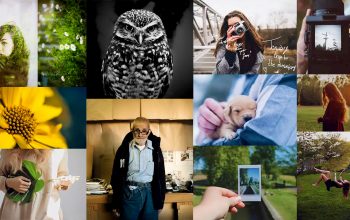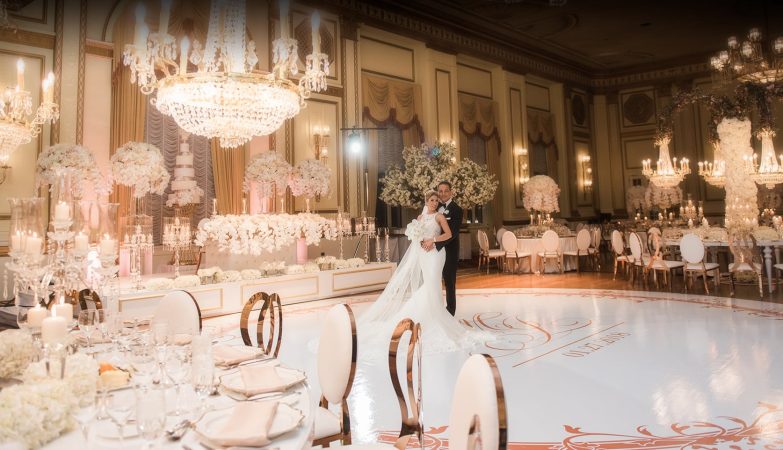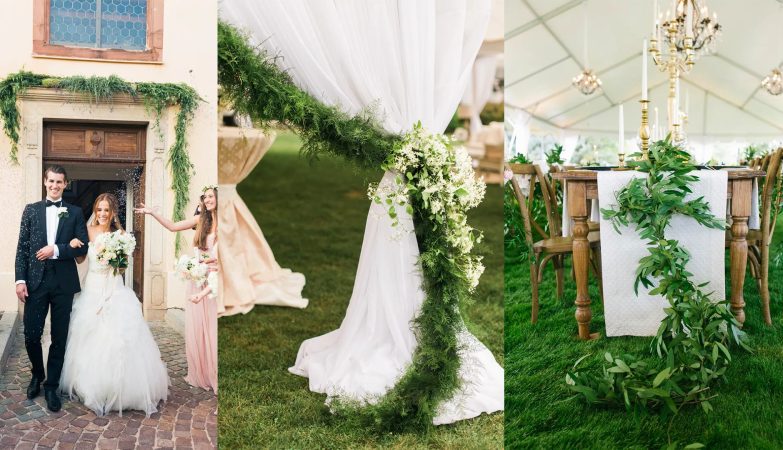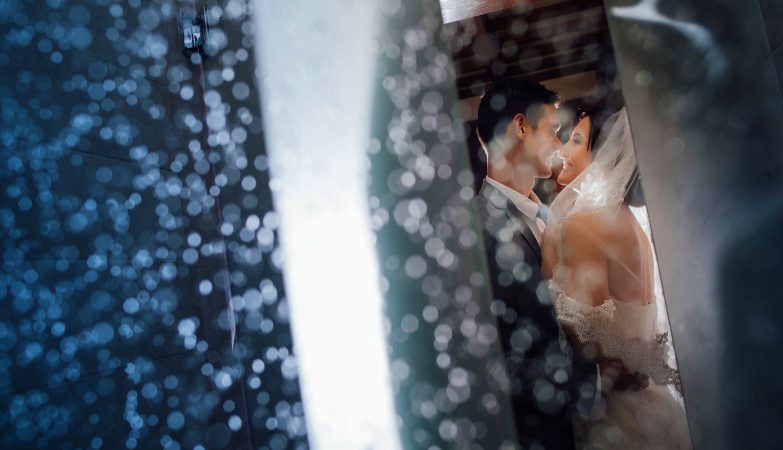
With houses going on and off the market daily, real estate photography is always in demand. And every agent is battling for the homebuyers’ attention with the best real estate photos. Shooting professional photography for real estate can seem a little tricky at first.
But with these simple real estate photography tips, you’ll produce beautiful, consistent photos. These will have your local real estate industry agents calling you back!
What Is Real Estate Photography?
For some of you, hearing about real estate photography might be surprising. Why would people take photos of houses? But the truth is, there’s a lot of demand for photography in real estate. Especially now that more people are buying and selling houses. This specialized genre may seem simple, but it does require some skill to take photos of homes.
Is real estate photography profitable? Since it’s a niche discipline, it’s never going to be as popular as landscape or portrait photography. But this also means you have better chances of getting more clients and earning more than most photography businesses. So how much does a real estate photographer make? Like any other type of photography, it all depends on a few variables.
For real estate photography, the location and the size of the house play a significant part in determining the price. Of course, your experience also comes into play. If you’re still starting, it will make sense to charge a bit less than your more seasoned competitors. On average, most real estate photographers charge about $200 or less for properties less than 3,000 square feet. For larger houses, they could charge between $250 to $500. If your area is a prime spot for real estate, then this could be the perfect photography career for you!
Real Estate Photography Equipment You’ll Need
Real estate photography doesn’t require a lot of equipment. Let’s go through the list below to see the tools you already have and what you need to acquire.
Camera
For real estate photography, you’ll need to have a camera that can shoot manually. Any crop or full-frame sensor DSLR or mirrorless camera would be perfect for the job.
Lens
A wide-angle lens would help you capture tight spaces. Its unique optics also tend to make rooms look more spacious. The best options you have are the NIKKOR 16-35mm for Nikon and EF 17-40mm f/4L for Canon.
If you have the budget, consider getting a tilt-shift lens to improve your photography. This option is perfect for real estate photography because it eliminates the distortion that a wide-angle lens causes. It tends to be more expensive than their regular counterparts. But you can always buy one used for cheaper.
Tripod
A tripod is useful when you need to shoot long exposures. It stabilizes your camera and ensures you don’t end up with motion blur. It also helps you retain the perspective in your shots. If you set it up at the height of five feet, then all your images will be the same height.
Remember that consistency is a priority, especially when it comes to real estate photography.
Remote Trigger
If you’re shooting with low shutter speeds, then it would be best not to touch the camera at all. Even pressing the shutter to take a photo can introduce unnecessary camera shake. So I suggest using a remote trigger for touch-free operation.
Flash
Strobes or flashes are among the most essential but often overlooked tools in real estate photography. They are invaluable, especially when taking photos in places that have low lighting.
There are two main types of flashes: Monolights and flashguns. You can start with flashguns because they’re cheap. But as you photograph more spacious properties, monolights would be the best option since they have a brighter light output.
Flash Trigger
When using an off-camera flash for your photography, you’ll need a flash trigger. You attach the transmitter to the hot shoe of your camera and the receivers to the flash units.
It’s worth noting that some strobes already have built-in receivers. Once you finish connecting all of them, just press the shutter, and the flash should fire off at the same time.
Light Modifiers
Bare flash often creates unappealing results when it comes to real estate photography. In most cases, all you have to do is point them toward the ceiling to soften the light they produce. But what if the roof is too high or if you’re not getting enough bounce light?
Then consider using light modifiers. In most cases, shooting umbrellas are enough to do the job. They’re small, lightweight, and portable. Not to mention they don’t get in the way, especially when photographing in small spaces.
Light Stands
Of course, you’ll also need light stands to support your flash units. A regular light stand would often work for lightweight flash heads. But more rigid C-stands may be necessary for the bigger monolights. Depending on the location you’re shooting, you may need one to four of these to light up an area.
To start with real estate photography, all you need is a camera, a lens, and a tripod. All the other items we mentioned would help you get better results and finish at a faster pace. But you don’t have to acquire all these tools at once.
What To Do Before The Real Estate Shoot
Have A Standard Shot List For Each Property
While no two homes are identical, there are typical shots that every real estate photographer will want. Knowing what to cover is an essential tip in learning how to shoot real estate photography.
- 2 wide-angle shots of each bedroom, the kitchen, and the living room.
- 1 photo of the bathroom, unless it’s incredibly beautiful or spacious.
- 1-3 photos of the backyard unless it has some unique features. And then 1-2 shots of the front of the home to show off the ‘curb appeal’.
- 1 shot of each feature such as laundry room, garage, and pantry.
This list will help make sure you have a point of reference to hit all your must-have real estate shots. You can also give your list to the real estate agent. They’ll then know what they can expect from your shoot.
Prepare Your Gear The Night Before
Preparation is always crucial when it comes to real estate photography. There’s nothing worse than being at a shoot and finding that something isn’t working. You may be knowledgeable enough to keep going forward. But having a few items fail means that you need to work on your feet a little more. Always take your charger. A dead battery is a dead shoot. If you have a secondary camera, take that too. Prepping your photography gear will include things like charging all batteries, formatting your memory card, packing up your bag.
Look up the address to make sure you’ve scheduled enough time for the drive. If you have backup gear that you’re able to take with you, be sure to pack those items as well. Bathrooms typically need just one photo for a property listing unless there are unique features or it’s unusually spacious.
What To Do At The Property
Declutter
Decluttering is one of the most important real estate photography tips. You need to befriend the real estate agent that is in touch with the homeowners. In our own homes, we get used to bits of clutter building up over time. But all those small items that we don’t notice will stand out in a photo.
Make sure that homeowners keep the surfaces as clean as possible-countertops, coffee tables, desks, etc. If you want some decorative items, leave 1-3 items. In shooting interiors, don’t photograph closets unless they’re spacious or customised. At most times, a closet is a perfect spot to stash those small items until the photoshoot ends.
Sometimes you’ll arrive at the home, and there’s still clutter that you know they will not look appealing in the photos. There’s nothing wrong with suggesting to hide a few extra things.
Walk Through The Home Before You Start Shooting
Each home is different. Getting a feel for space before picking up the camera will give you an idea of how you want to shoot it. You’ll start to mentally note the best angles and what small items you may need to move. Doing so also allows you to ask the homeowner to move objects.
Additionally, it lets you know which spaces are ready for you. And which rooms may need a few more minutes of tidying up. Knowing this will let you know in what order you’ll want to start taking real estate photos. If you’re not good at remembering details, then get a notepad and take notes. It would make it easier for you to organize the rooms before you do your photography work.
Decide: Lights On Or Off?
There are valid points for having the lights on or off when doing real estate photography. Turning lights on tends to make space feel warmer and more welcoming instantly. But it introduces varying color temperatures. You will need to adjust white balance when post-processing. Leaving lights off gives you an even light temperature. But it also often gives off a cold feeling in real estate photos.
I take it one property at a time and decide based on what each home requires. If the property has large windows, then consider opening them to let the light inside. Natural light often looks best in most situations.
But what if the property doesn’t have enough window or have low lighting? Then that’s when you use the interior lights or external flash units. If you notice that the light bulbs in the house have different color temperatures, then turn them off and use flash instead. Warm incandescent and cool fluorescent lamps don’t mix well when it comes to real estate photography. Of course, you can turn on a desk lamp for effect as long as it doesn’t cast any lousy lighting. Whatever decision you make, be consistent throughout the entire home!
What To Keep In Mind During The Shoot
Use Flash And Bounce To Diffuse
Agents and homeowners are usually in a rush to put the listing online for potential buyers. And budgets don’t allow for many photography hours for one listing. Using a flash unit attached to your camera is one way to help keep you moving from space to another faster. When using a flash on your camera, though, be sure to bounce the light off walls to soften it.
If we point the camera flash directly into the room’s space, we get a dreaded bright area in the centre. And then a quick drop to shadow around it. Also known as vignetting, it’s not desirable for real estate photography. Turn the flash so that it bounces off a wall behind you, the ceiling right above you, or even one of the side walls. This way you’re allowing that light to diffuse into the space and give a more even look. You can also try attaching light diffusers onto your light source.
Of course, these positions won’t be possible with the pop-up flash on your camera. So I suggest buying a flashgun that features a flash head you can move in many angles. I also recommend using your flash on manual mode. Doing so gives you full control of its strength. I use 1/16th power as a starting point and adjust from there. If you’re shooting towards bright windows, you may want to go as high as full power.
For larger spaces, install your flash units on your light stands. Position them out of the frame and angle them upwards toward the ceiling. Ultimately, the position of your lights depends on the size and shape of the room. In most cases, you can place your strobes on the corners, or even behind you. But if those areas don’t work, you may have to try other spaces until you get even illumination in the room.
Shoot Straight For Less Distortion
This tip is crucial when learning to shoot real estate photography. When shooting different angles, be sure to keep the camera straight. Doing so helps avoid distortion that you’d later need to straighten in Lightroom or Photoshop. You should use a sturdy tripod or adjust your live view settings to display virtual horizon (or virtual level).
You’ll notice that if you point the camera ever-so-slightly up or down, the vertical lines start to slant. They’ll distort in one direction or the other. The ideal height for real estate photography will be at about 5 feet (152.5 cm). Each home is a bit different. But this is the overall height that will look the most natural and feel balanced.
If you go too high up, you start to see too much ceiling and not enough of the liveable area. If you go too low, you begin to see too much of the furniture and not enough of the actual room.
How To Edit Real Estate Photography In Lightroom
Correct Distortion Using Lens Correction And Transform
One of the downsides of using wide-angle lenses in real estate photography is the presence of distortion. This type of optics tends to make everything look warped. Make sure to apply a lens correction and correct your verticals first. These two settings will make the photo look more polished. You can find the Lens Correction module within the Detail Module. Check the box that says ‘Enable Profile Corrections.’
Make sure that the lens you used is the one that appears in the pull-down menu under Lens Profile. Next, jump down to the Transform Module. Check the box that says ‘Constrain Crop.’ Then click on the word ‘Auto.’ When you click Auto, you’ll see that box darken, meaning that it’s applied.
Be sure to double-check that it corrected all the lines. If not, you can use the sliders in that module to make adjustments manually. Here’s the final photo from the before/after:
Move Up To The Basic Adjustments
The main adjustments I make are lowering highlights, brightening up shadows, deepening blacks, and raising the clarity.
It will take a bit of time to develop your style and workflow. So go ahead and experiment with your real estate photography. Over time, you might just have the right Lightroom preset for every shot.
Correct Varying Light Temperatures
When it comes to real estate photography, getting accurate colors is essential. If you left lights on inside the rooms, you’ll have some yellow tones. These will look quite different from the bluer sunlight. It’s always best to balance out these light temperatures as much as possible in Lightroom or Photoshop. That way, the photo has a more polished and professional look.
The Adjustment Brush is ideal for this scenario! For the warmer light, select a brush and adjust the light temperature towards blue. Do this until it looks neutral and blends to the surrounding area. If using the Adjustment Brush, be sure to increase the brush size, feathering, and brush strength. This method will allow for even softer blending.
You can also balance the light temperatures in-camera using a color checker or a grey card. All you have to do is take a photo of the card in front of the scene you’re about to shoot. Once you load your real estate images to Photoshop, open White Balance. With the eyedropper tool, click on the grey on the card, and PS will automatically adjust the colors for you.
Remember to do white balance and color correction for every shoot. Because doing so conveys to your clients that your photography is consistent and professional. To become an editing expert, check out our Effortless Editing with Lightroom course!
Conclusion
To make real estate photography a reliable income stream, or if you want to be a professional photographer in this field, maintain consistency in your process and look. And don’t obsess over photography equipment when starting. You don’t need a lot to achieve beautiful real estate pictures.
With the real estate photography tips discussed above, you’ll be on your way to creating a full, consistent portfolio!
originally posted on expertphotography.com by Natalia Robert And Chad Verzosa

